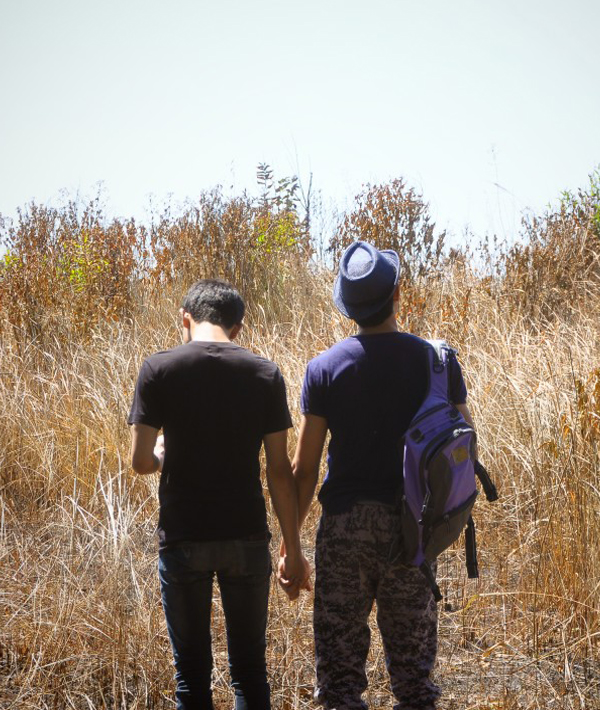
New Infections Every Day

According to UNAIDS—the Joint United Nations Program on HIV and AIDS—1.8 million people worldwide became newly infected with HIV in 2016. Southern U.S. states have the highest numbers in the country, with 16.8 people diagnosed per 100,000 in 2015, according to the Centers for Disease Control and Prevention.
Unknown Infections

More than 1.1 million people in the U.S. are living with HIV today, but 1 in 7 of them don't know it. This might be because of limited access to health care and testing, fear of diagnosis and the stigma attached to HIV/AIDS illnesses.
Worldwide Impact
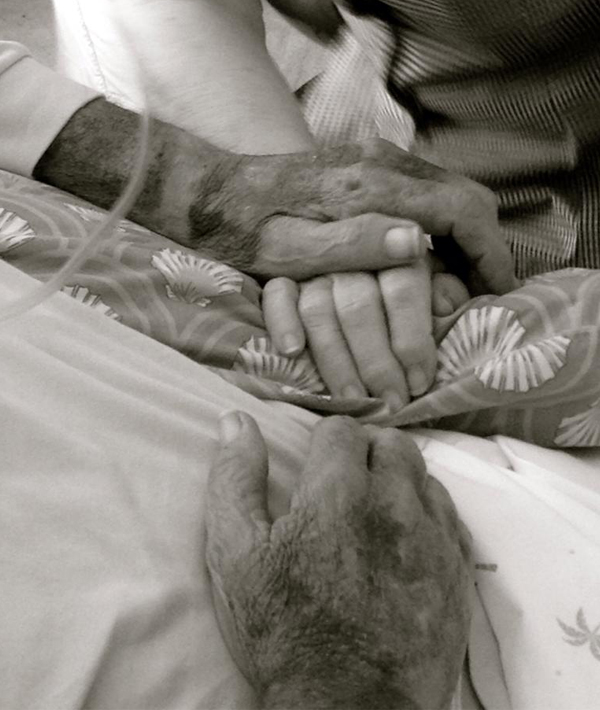
Despite great advancements in treatments over the last two decades, HIV remains a significant cause of death for certain populations. Globally, 1 million people died from AIDS-related illnesses in 2016.
Inadequate HIV/AIDS Education

U.S. sexual-health education is inconsistent and inadequate, and that includes when it comes to HIV/AIDS.
- Only 24 states and the District of Columbia mandate sex education.
- Thirty-three states and the District of Columbia require students to receive instruction about HIV/AIDS.
- Twenty states and the District of Columbia mandate that, when provided, sex and HIV education programs be medically, factually or technically accurate.
Men at high risk
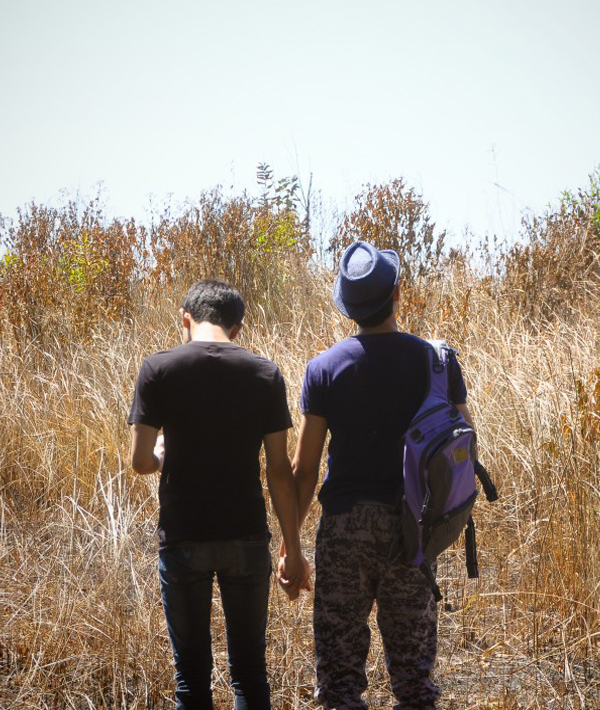
Although the estimated number of annual HIV infections in the U.S. has declined, gay and bisexual men were the only group that did not experience an overall decline in annual HIV infections from 2008 to 2014.
HIV/AIDS Coverage at Risk
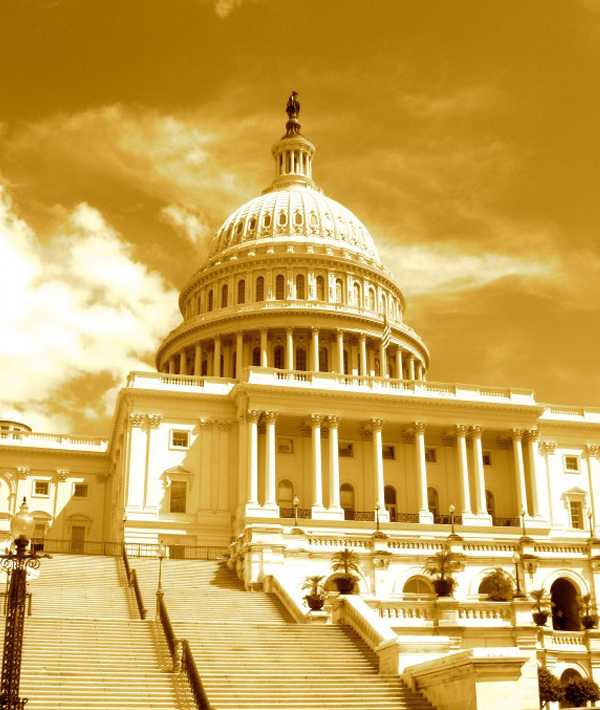
The end of the Affordable Care Act would be devastating for people with HIV/AIDS. If existing laws are overturned that ban insurance companies from refusing coverage based on pre-existing conditions, eliminate the lifetime cap on insurance benefits and expand Medicaid eligibility, people with HIV/AIDS would be affected.
Women Are Vulnerable

Worldwide, more than half the number of people living with HIV are women. Young women between the ages of 10 and 24 years old are twice as likely to become infected with HIV as their male counterparts. AIDS-related illnesses continue to be the leading cause of death for women of reproductive age (15-44), according to the World Health Organization.
Children Are Vulnerable

Despite a drop in the number of mother-to-child transmissions of HIV, the number of children becoming newly infected with HIV remains alarmingly high. According to UNAIDS, only 43 percent of children aged 0–14 years living with HIV had access to treatment.
Serious Threat Around the World

According to the CDC, there were about 1.8 million new cases of HIV and about 36.7 million people were living with HIV around the world in 2016. Sub-Saharan Africa, which has the highest incidence of HIV and AIDS worldwide, accounts for about 64 percent of all new HIV infections, and Asia and the Pacific, Latin America and the Caribbean, and Eastern Europe and Central Asia also have significantly high numbers.
HIV Hits the Vulnerable Hardest

A significant number of people are caught in the vicious cycle of fighting the disease while dealing with social issues. Statistically, those infected with HIV are more likely to live in poverty and more likely to have poor mental health.
Devastating Legacy

Although the virus was identified only 33 years ago, more than 35 million people have died of HIV or AIDS, according to WHO. It has the distinction as being one of the most destructive pandemics in history.
HIV/AIDS Discrimination

People living with HIV/AIDS are sometimes shunned by their family, peers and community, and can be treated poorly in work and educational settings. Statistics show that roughly 1 in 8 people living with HIV are being denied health services because of stigma and discrimination.
The Fight Is Not Over
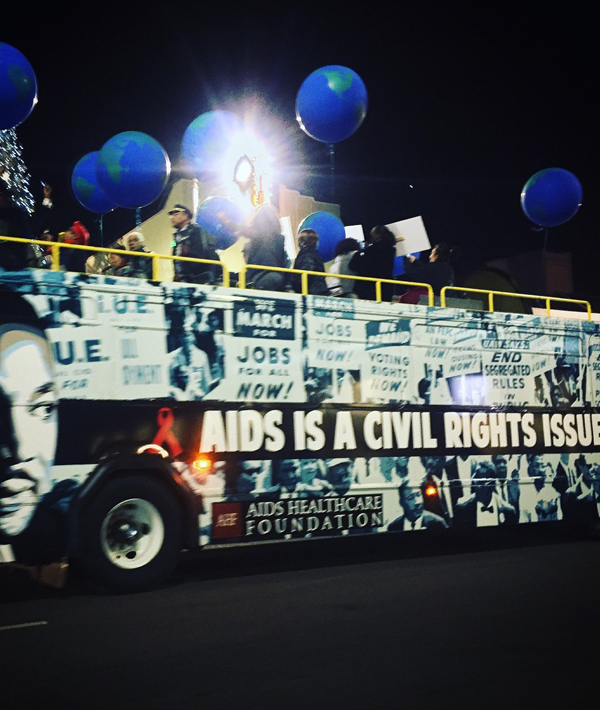
Analysts say that resources for HIV/AIDS treatment and research have remained stagnant for years. Michel Sidibé, executive director of UNAIDS, predicts that the U.S. will not reach the $26 billion of investment targeted for 2020 and says, "Gains can be easily reversed. The biggest challenge to moving forward is complacency."




